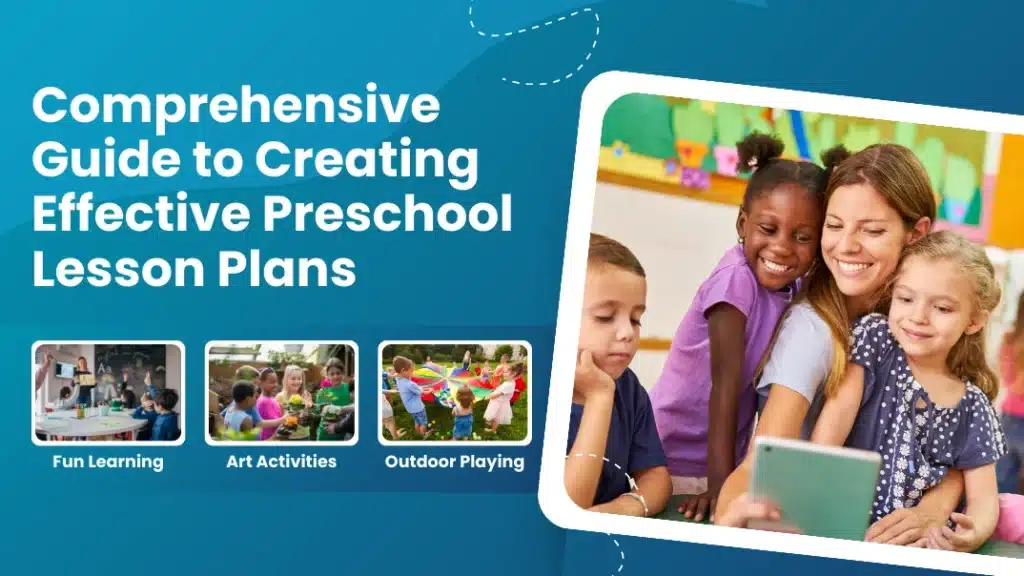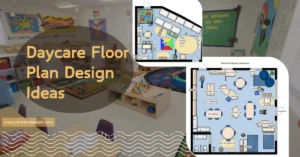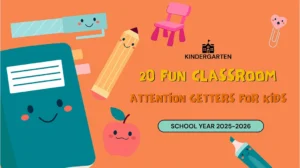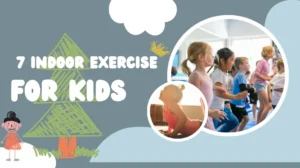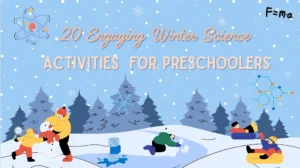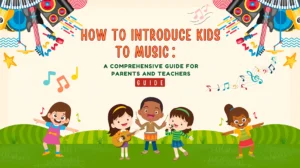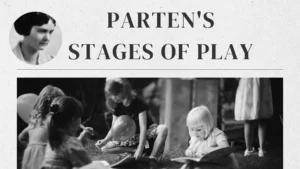Planning preschool lesson plans might seem overwhelming at first. After all, we’re not just planning activities to keep children busy; we’re crafting experiences that shape their early learning and development. The goal is to create an environment where young children can explore, discover, and learn in a way that feels natural and engaging to them. But how do we ensure that our lesson plans are practical and enjoyable for the children?
When discussing preschool lesson plans, we discuss building a solid foundation for each child’s future learning. These early years are crucial for developing basic skills, social habits, and a love for learning. A well-thought-out lesson plan helps guide this process, ensuring that children are exposed to various experiences contributing to their overall growth. Whether through hands-on activities, interactive storytelling, or simple group discussions, each part of the lesson plan should have a clear purpose.
Effective preschool lesson plans are not just about ticking off boxes on a curriculum list; they are about creating meaningful learning opportunities. For instance, we’re not just teaching kids to identify red from blue when planning a color lesson. We’re also helping them connect what they see and the world around them—associating colors with emotions, objects, and seasons. This deeper understanding is what makes learning stick and grow over time.
Another critical element of effective preschool lesson plans is flexibility. No two preschoolers are the same; what works for one group may not work for another. That’s why it’s essential to design lesson plans that can adapt to the changing needs and interests of the children. If a child is particularly fascinated by bugs, for example, it’s worth taking a detour from your original plan to explore that interest further. This keeps the children engaged and fosters a sense of curiosity and love for learning.
In essence, a preschool lesson plan is like a blueprint for success in the classroom. It should guide us through each day, ensuring we cover all the necessary skills while allowing room for creativity and spontaneity. By carefully planning and reflecting on each lesson, we can create an educational experience that is effective and joyful for both the children and the educators.
But how do we go about creating these lesson plans? What steps are involved, and how can we cover everything our little learners need? In the following sections, we’ll explore the critical components of preschool lesson plans, different approaches you can take, and practical tips to make your planning process smooth and effective.
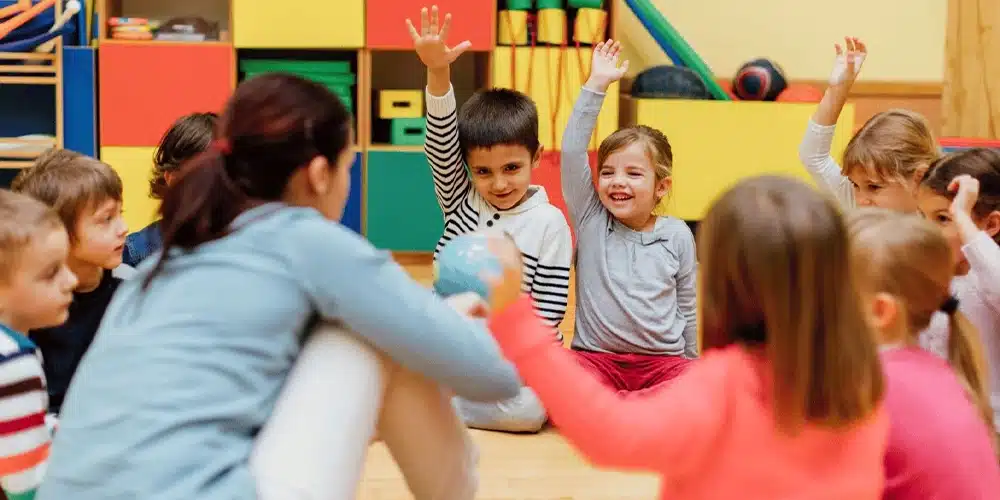
What are the Key Learning Goals in Preschool?
Preschool is a critical period in a child’s life. It’s when they begin to build the skills that will carry them through their educational journey and beyond. The primary purpose of preschool lesson plans is to guide this early learning process by setting clear, achievable goals. But what are the most essential learning goals in preschool? Let’s break them down.
1. Basic Academic Skills and Concepts
Introducing children to basic academic skills and concepts at the preschool level is essential. These skills lay the groundwork for more advanced learning in later years. Preschool lesson plans should focus on making these concepts fun and engaging, ensuring children build a solid understanding. Here are some of the key academic areas to consider:
- Early Math Concepts: Early math is about more than just counting to ten. It’s about helping children understand numbers, patterns, and relationships between objects. Effective preschool lesson plans will incorporate activities that introduce children to concepts like sorting, classifying, and recognizing shapes and sizes. For example, sorting blocks by color or size teaches categorization and helps develop problem-solving skills. Counting games, where children count objects out loud or use their fingers to represent numbers, can make learning math fun. These activities also help children understand one-to-one correspondence, a fundamental concept where each object being counted corresponds to one number.
- Pre-Writing Skills: Pre-writing skills involve the basic motor skills to write letters and numbers. Preschool lesson plans should include activities that strengthen these skills, such as tracing shapes, drawing simple pictures, or playing with clay to strengthen hand muscles. The goal is to help children develop the fine motor skills they will need for writing, such as holding a pencil, controlling hand movements, and recognizing the shapes of letters. It’s also essential to make these activities fun and engaging. For example, children can practice writing in sand or with finger paints, which adds a sensory element to the learning experience. These activities encourage creativity while also building essential pre-writing skills.
- Pre-Reading Skills: Before children can learn to read, they must develop pre-reading skills to help them understand how language works. Preschool lesson plans should include activities that expose children to the sounds of letters, the rhythm of language, and the structure of stories. Reading aloud to children, singing songs, and playing rhyming games are all excellent ways to build these foundational skills. Letter recognition is another critical pre-reading skill. Children should become familiar with the alphabet and learn to recognize letters in different contexts, such as their names or the titles of their favorite books. Activities like alphabet puzzles or letter-matching games can make this learning process interactive and enjoyable.
- Visual and Auditory Perception Skills: Visual and auditory perception skills are vital for reading and writing. Preschool lesson plans should incorporate activities that help children distinguish between different sounds and recognize visual patterns. These skills are crucial for identifying letters and sounds, understanding phonics, and reading and writing fluently. Activities like matching sound to pictures, playing “I Spy” games, or identifying natural patterns can enhance these skills. For instance, you could ask children to listen to a series of sounds and determine which ones are the same or different, helping them develop their auditory discrimination. Similarly, sorting activities based on shapes or colors can strengthen visual perception.
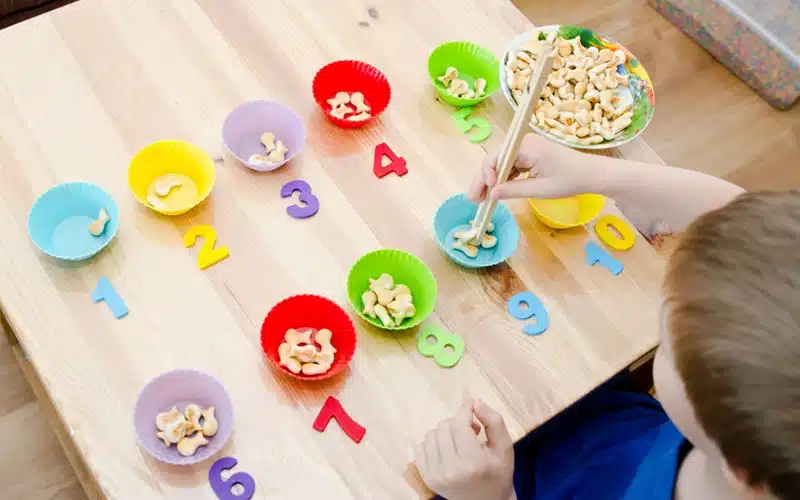



2. Motor Skills
Motor skills are another essential area of focus in preschool. These include fine motor skills, like holding a pencil or cutting with scissors, and gross motor skills, like running or jumping. Preschool lesson plans should consist of activities that help children develop these skills in a fun and engaging way.
Fine motor activities might include threading beads, tweezers to pick up small objects, or drawing with crayons. These activities help children develop precise hand movements for writing and other tasks. On the other hand, gross motor activities might involve playing in a jungle gym, participating in obstacle courses, or engaging in group games like “Simon Says.”
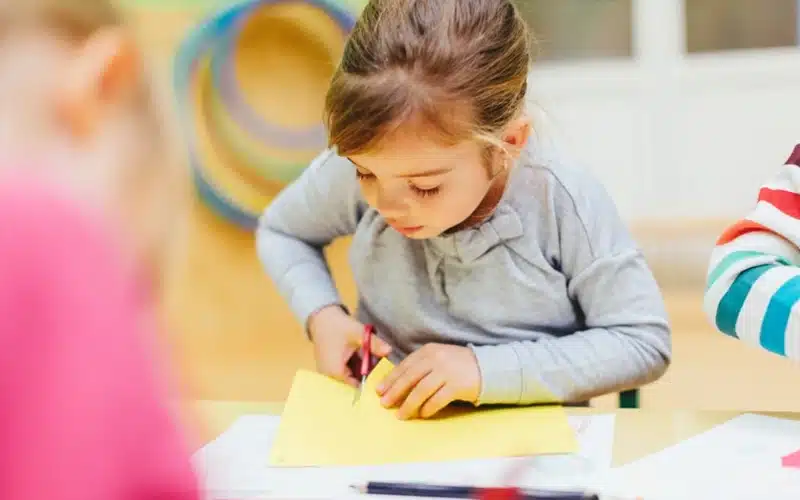
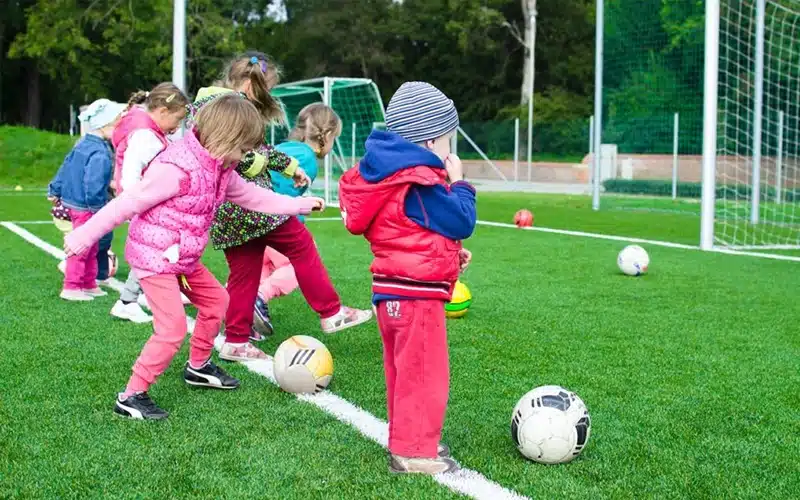
3. Social-Emotional Skills
Social-emotional skills are just as critical as academic skills in preschool. Preschool lesson plans should include activities that help children learn to manage their emotions, interact with their peers, and develop empathy. For example, group activities like circle time encourage children to share their thoughts and listen to others, helping them develop communication skills and empathy.
Role-playing and pretend play are also great ways to help children understand different perspectives and practice problem-solving. For instance, you could create a scenario where children must work together to solve a problem, like building a tower out of blocks. This teaches cooperation and helps children learn to manage frustration and celebrate successes.

4. Cognitive Skills
Cognitive skills involve the mental processes that allow children to think, understand, and learn. Preschool lesson plans should include activities that encourage problem-solving, memory development, and critical thinking. These skills are essential for helping children make sense of the world around them.
Activities like puzzles, matching games, and simple experiments can stimulate cognitive development. For example, a science experiment where children observe what happens when they mix different water colors encourages them to think critically and make predictions. Memory games, where children have to remember the location of matching cards, can also help enhance cognitive skills.
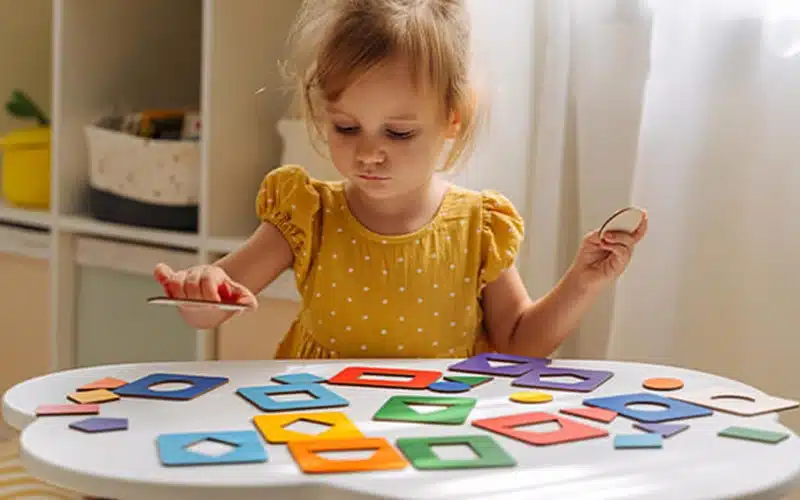


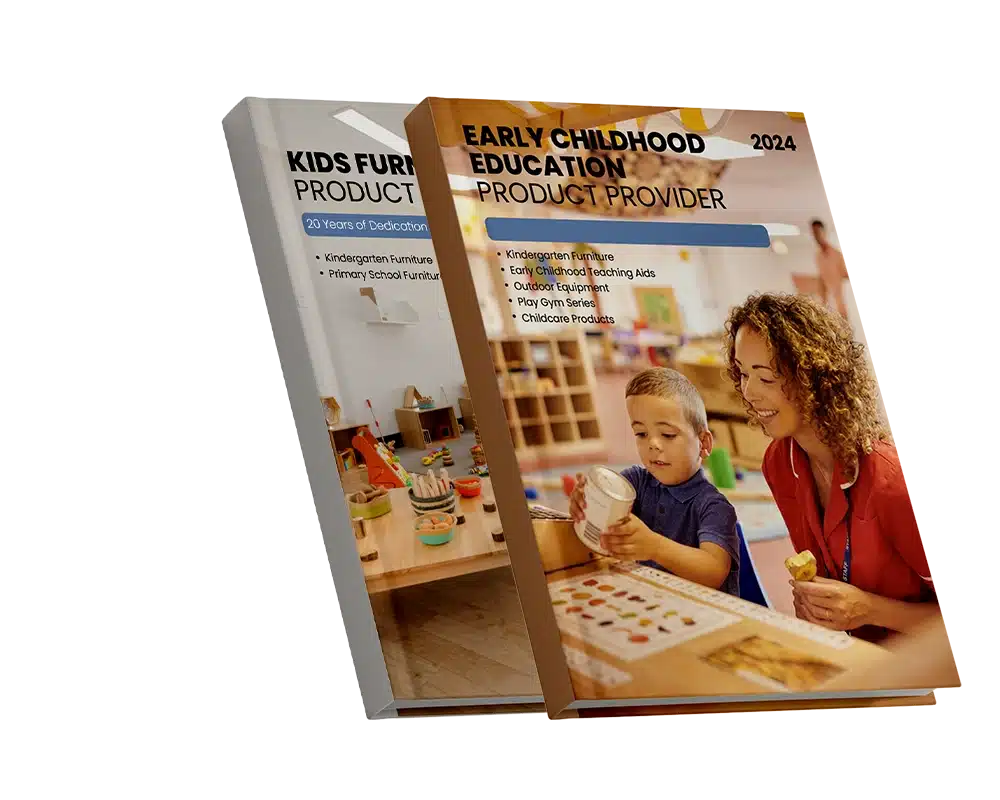
Why Are Preschool Lesson Plans So Important?
Preschool lesson plans are essential because they provide structure and direction. They help ensure that every educational goal is met and that activities are purposeful and aligned with what children need to learn. Without a plan, missing significant growth opportunities or overlooking individual children’s needs is easy.
Lesson plans also allow teachers to cater to the diverse needs of children. By planning, we can incorporate activities that suit different learning styles and developmental levels. This ensures that no child is left behind and that each child’s unique needs are addressed.
In addition, lesson plans help teachers stay organized and manage their time effectively. With so many things happening in a preschool classroom, having a plan helps keep the day running smoothly and ensures that transitions between activities are seamless. This not only benefits the children but also makes teaching less stressful.
Finally, preschool lesson plans serve as valuable tools for reflection. They allow teachers to reflect on what worked well and what didn’t, making it easier to adjust and improve future lessons. Continuous improvement is vital to providing children with the best possible learning experience.
Thematic Calendar Approach vs. Emergent Curriculum: What’s the Difference?
Choosing the right curriculum approach is essential for effective preschool lesson planning. Two popular methods are the thematic calendar approach and the emergent curriculum approach. Both have their strengths but differ significantly in how they structure learning and engage children. Understanding these differences can help you decide which approach—or combination of techniques—best suits your classroom’s needs.
Thematic Calendar Approach
The thematic calendar approach involves planning lessons around specific themes that change periodically, such as seasons, holidays, or community helpers. This method provides structure and predictability, which can comfort teachers and students. Knowing what’s coming next helps children feel secure, making lesson planning more straightforward for teachers.
By integrating various subjects into a single theme, the thematic approach helps create a cohesive learning experience. For example, a theme on “Winter” might include lessons on the science of snow, winter clothing in different cultures, and winter-themed art projects. This method also allows for repeating concepts within various contexts, reinforcing learning and making it more memorable for children.
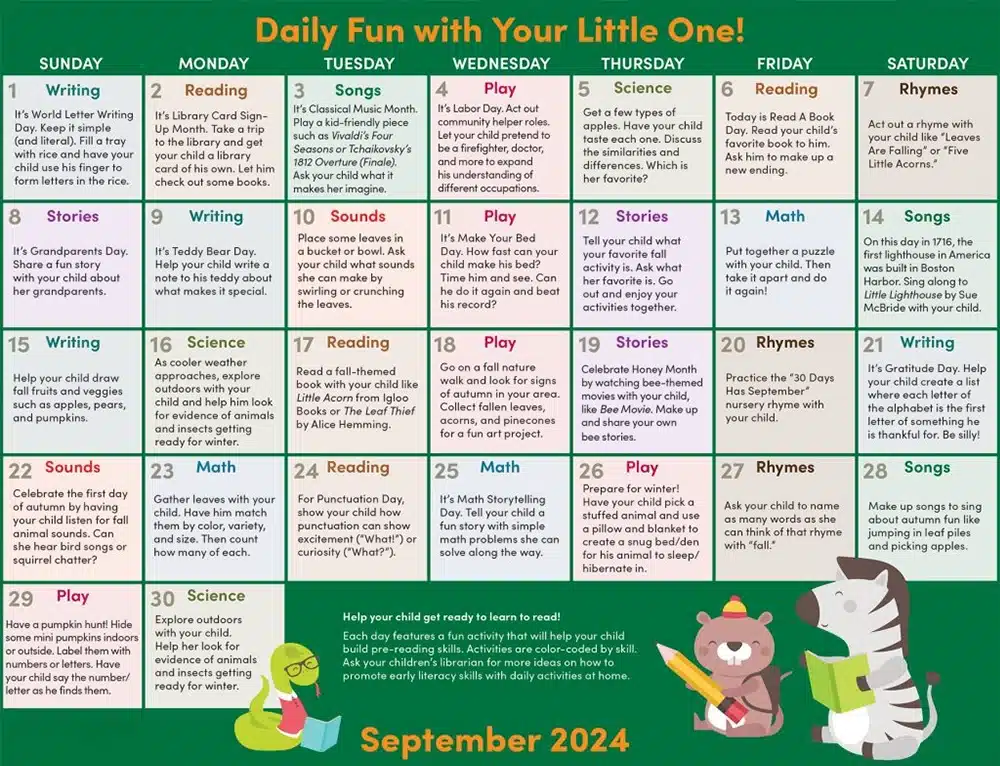
Emergent Curriculum Approach
On the other hand, the emergent curriculum approach is much more flexible and child-centered. Instead of following a predetermined schedule, this approach builds lessons around the children’s interests and inquiries. If a group of children is fascinated with bugs, the next few lessons might center on exploring insects, even if it wasn’t part of the original plan. This approach encourages a deeper connection to the material because it directly relates to the children’s curiosity.
- Make Time for Free Play: Free play is a cornerstone of the emergent curriculum approach. Incorporating ample time for unstructured play into your preschool lesson plans allows children to explore their interests at their own pace. During this time, teachers observe and note what children are drawn to, using these observations to guide future lessons. Free play fosters creativity, problem-solving, and social interaction—all critical components of early learning.
- 2. Organize Class Discussions: Class discussions are another critical element of the emergent curriculum. These discussions give children a voice in their learning and allow them to share their ideas, questions, and experiences. For instance, after a free play session where children were building with blocks, you might gather them to discuss what they built, why they chose specific designs, or what challenges they faced. These conversations help teachers identify themes and topics to explore in upcoming lessons.
- 3. Be Flexible: Flexibility is essential in the emergent curriculum approach. Since lessons evolve based on the children’s interests, teachers must be prepared to adapt quickly. This might mean shifting away from a planned activity to dive into something the children are passionate about, or modifying a lesson on the fly to better align with their current curiosity. Flexibility makes the learning process more dynamic and responsive, ensuring the children remain engaged and excited about their learning.
In summary, the thematic calendar approach offers structure and predictability, making planning and executing cohesive lessons easier, while the emergent curriculum fosters flexibility and responsiveness to children’s needs. Both methods have their advantages, and often, a combination of the two can be the most effective way to create engaging and developmentally appropriate preschool lesson plans. By understanding and applying these methods, teachers can provide a balanced learning experience that caters to their students’ needs and interests.
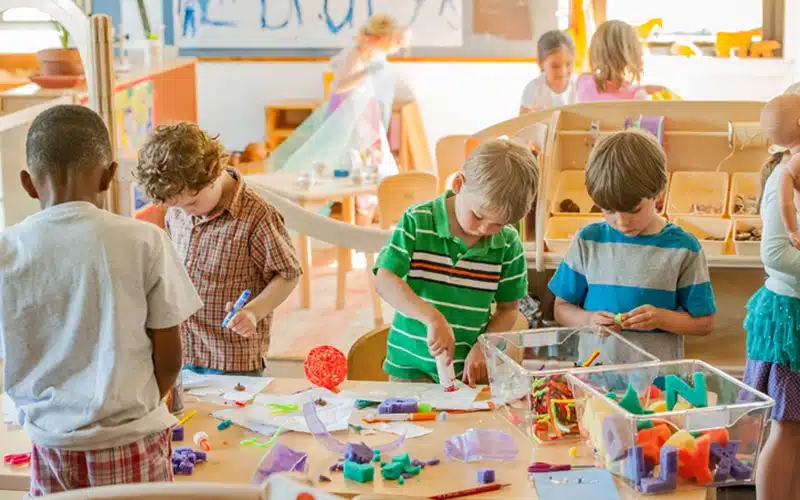


Step-by-Step Process for Creating Preschool Lesson Plans
Creating effective preschool lesson plans involves carefully planning and clearly understanding your goals. By following a step-by-step process, you can ensure that each lesson is well-organized, engaging, and meets the developmental needs of your students. Here’s a detailed guide on how to go about it.
- 1. Define Your Learning Objectives: The first step in creating a preschool lesson plan is determining what you want the children to learn. Clear learning objectives are essential because they guide all aspects of the lesson, from the activities you choose to how you assess progress. For example, your objective might be for children to recognize basic shapes, develop fine motor skills through cutting exercises, or learn to share during group activities. Having specific goals helps ensure that your lesson is focused and purposeful.
- 2. Select Appropriate Materials: Once you’ve defined your learning objectives, the next step is to choose the materials that will support these goals. Your materials should be age-appropriate, engaging, and aligned with the lesson’s objectives. For instance, if you aim to teach shapes, you might gather blocks, puzzles, and books emphasizing different shapes. Materials like playdough, scissors, and string beads would be appropriate if the focus is on developing fine motor skills. Selecting suitable materials is crucial for making the lesson effective and enjoyable for the children.
- 3. Plan the Lesson Steps: With your objectives and materials in place, it’s time to outline the steps of your lesson. Writing down the lesson procedures helps you stay on track and cover all the necessary content. Start with an engaging introduction to capture the children’s attention, followed by the main activity focusing on the learning objective. Be sure to include time for guided practice, where you can support the children as they try out the new skill or concept, and independent practice, where they can explore the activity independently.
- 4. Assess Learning Progress: Assessment is vital to any lesson plan, even in preschool. It helps you understand whether the children meet the learning objectives and where they might need additional support. Assessment doesn’t always have to be formal; in preschool, it often takes the form of observation. For example, you might observe how well children identify shapes during playtime or interact with peers during group activities. This information will guide your lesson plans and ensure that each child’s learning needs are met.
- 5. Reflect and Adjust: Finally, after the lesson, take some time to reflect on how it went. Reflection allows you to evaluate what worked well and what could be improved. Did the children engage with the materials? Did they meet the learning objectives? What challenges did you face, and how can you address them in future lessons? By reflecting on your lesson, you can continuously improve your teaching methods and create even more effective preschool lesson plans in the future. Following these steps—defining objectives, selecting materials, planning the lesson, assessing progress, and reflecting afterward—will help you create well-rounded preschool lesson plans that foster learning and development in young children. This structured approach ensures that each lesson is educational and enjoyable, setting the stage for a successful and rewarding classroom experience.
How to Effectively Use Themes in Preschool Lesson Plans
Incorporating themes into your preschool lesson plans is an excellent way to create a unified and engaging learning experience for young children. Themes tie various activities together under a common idea, making learning more meaningful and accessible for children to understand and remember. But how can you choose the suitable themes and ensure they work well in your lesson plans?
Engage Children in Theme Selection
One of the most effective ways to ensure your themes resonate with children is by involving them in the selection process. Observe what topics or activities naturally capture their interest during free play or circle time, and let those interests guide your theme choices. For example, if the children are fascinated by construction vehicles or the weather, you can build lesson plans around these topics. When children feel their interests are reflected in the themes, they are more likely to engage deeply with the activities.
Pick Relatable and Tangible Themes
Selecting relatable and easy topics for preschoolers to understand is crucial when choosing themes. Themes like “The Four Seasons,” “Farm Animals,” or “Shapes” are practical because they are concrete and can be explored through various activities. For instance, a “Farm Animals” theme could include storytime with farm-related books, songs about animals, and even creating a small indoor “farm” with toy animals. Concrete themes help children make connections across different activities, reinforcing their learning.
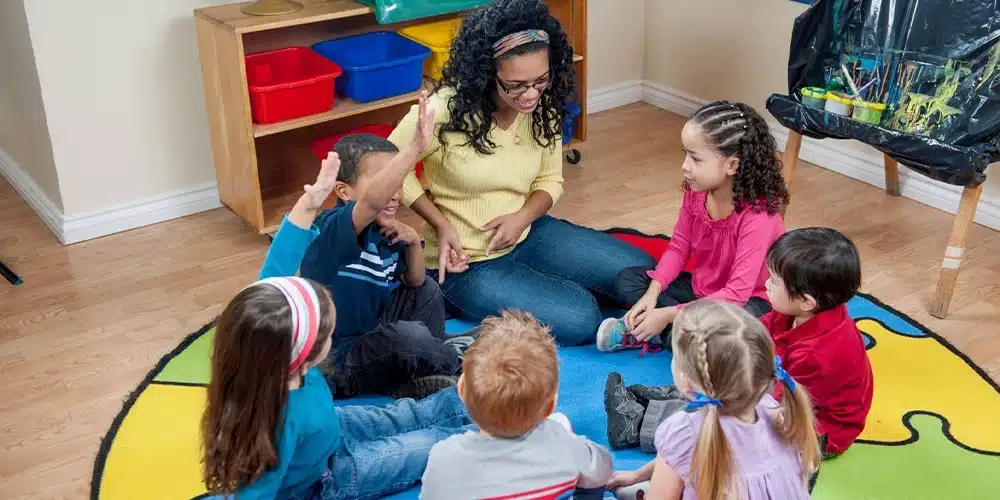
Draw Ideas from the Environment and Community
Your immediate environment and local community can provide a wealth of inspiration for preschool themes. Look around your classroom, neighborhood, or upcoming community events for relevant and exciting ideas. For example, a theme centered on “Autumn Changes” could involve exploring falling leaves, discussing the weather, and creating autumn crafts. Similarly, celebrating a local festival can be an exciting and culturally enriching theme that brings the community into the classroom.
Keep Themes Broad Yet Focused
While having a clear theme is essential, keeping it broad enough to encompass various learning areas is also important. For instance, a theme like “Weather” can be explored through science (learning about rain and clouds), art (painting weather scenes), and sensory activities (playing with water and ice). Broad themes allow for a wide range of activities catering to different interests and learning styles, ensuring that every child finds something engaging in the lesson.
Thoughtfully incorporating themes into your preschool lesson plans creates a cohesive and enjoyable learning environment that supports young children’s curiosity and development. Themes help connect different parts of the curriculum, making learning fun and memorable for the children.
Six Creative Ideas for Preschool Lesson Plans
Crafting engaging and educational preschool lesson plans can be both fun and challenging. To keep things fresh and exciting, it’s helpful to have a variety of themes that you can rotate through, ensuring that the children remain interested and motivated to learn. Here are six creative ideas for lesson plans that will captivate your preschoolers’ attention and stimulate their development.
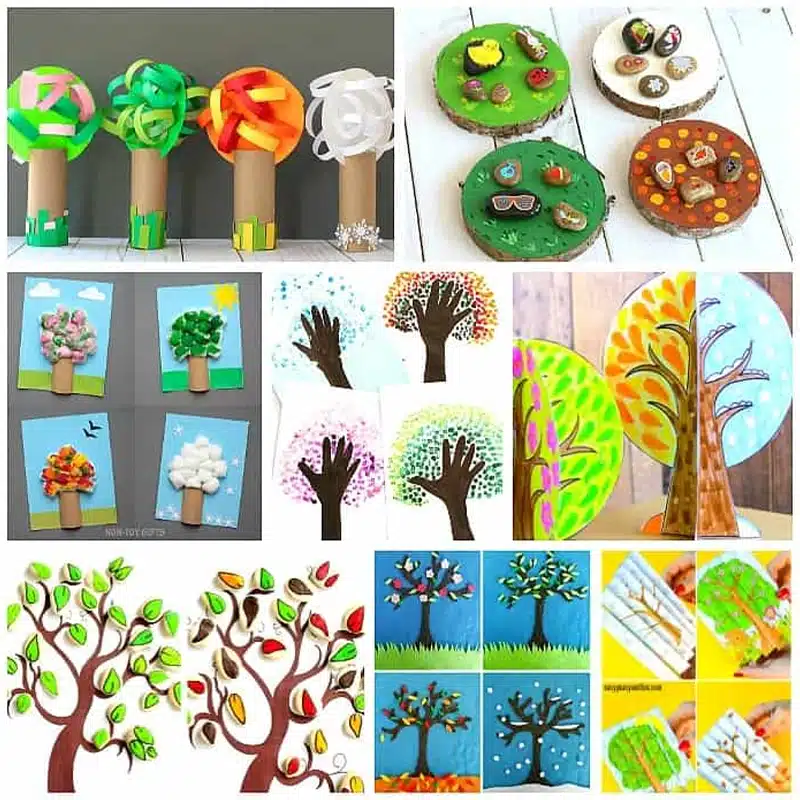
1. Exploring the Seasons
Teaching about the seasons is a great way to connect children with the natural world around them. Preschool lesson plans focused on the seasons can include observing the weather changes, creating seasonal art projects, and discussing how plants and animals adapt to different times of the year. For example, during autumn, you might explore the changing colors of leaves, go on a nature walk to collect leaves, and then use those leaves in a creative collage. In the winter, children can learn about snowflakes, make snowmen crafts, and talk about how to dress warmly. These activities teach children about the seasons and help them develop observation skills and an appreciation for nature.
2. Discovering the Animal Kingdom
Children are naturally curious about animals, making this a perfect theme for a preschool lesson plan. An animal-themed lesson can introduce children to various animals, habitats, and behaviors. You might start by reading picture books about different animals, then follow up with activities like sorting toy animals into categories (farm animals, wild animals, etc.) or creating animal masks. For added fun, you could incorporate songs and movement activities that mimic how different animals move, like hopping like a frog or stomping like an elephant. These activities help children learn about the diversity of life on Earth while also supporting physical development and creative expression.
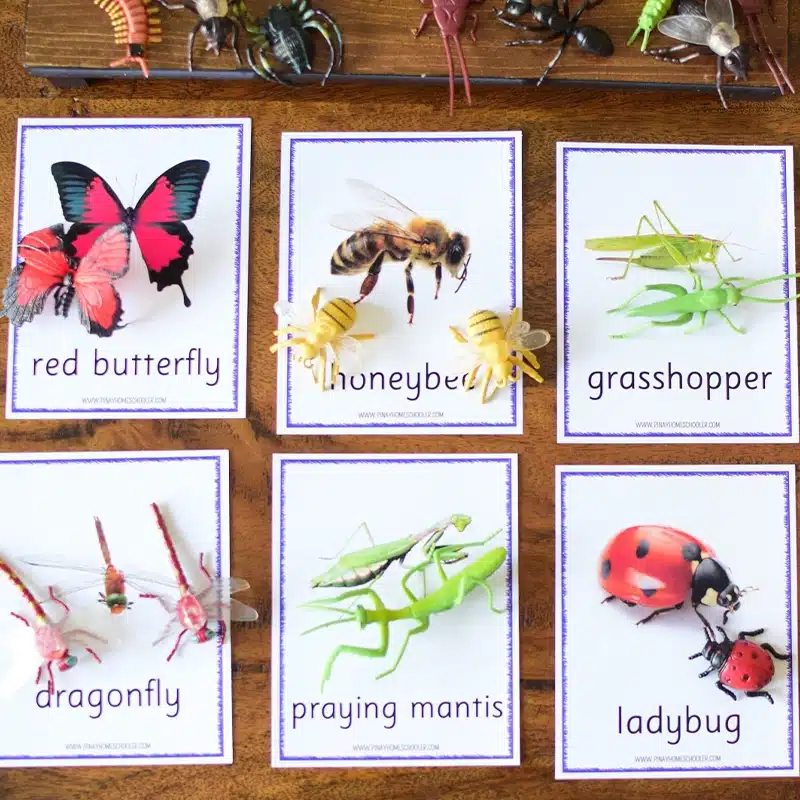
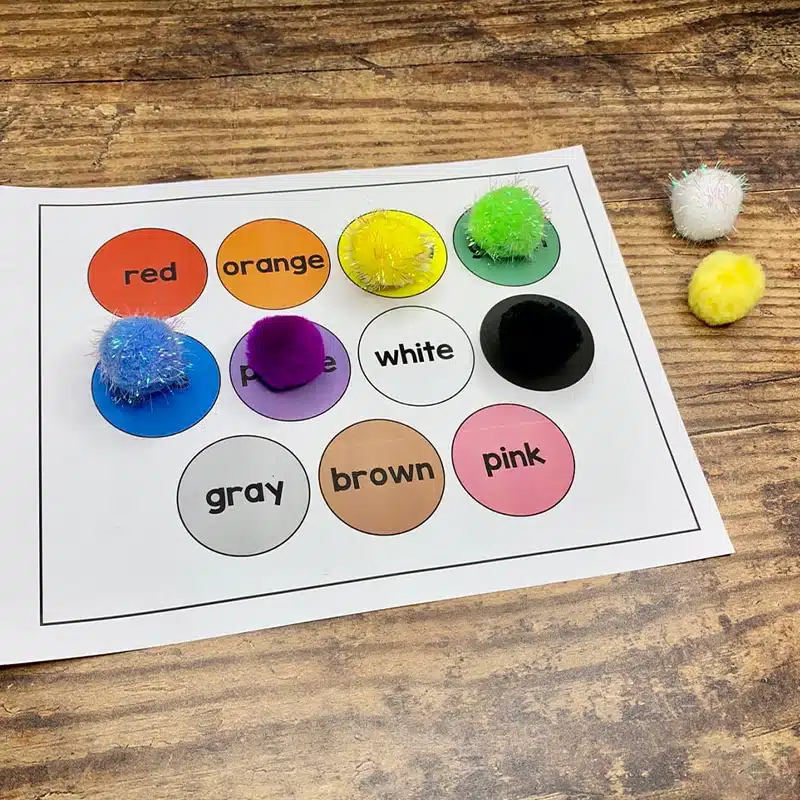
3. Learning Through Colors
Colors are a fundamental concept for preschoolers; teaching them can be fun. Preschool lesson plans focused on colors can include activities like color hunts, where children find objects of a particular color around the classroom, or art projects that focus on mixing colors to see what new colors they can create. You could also plan a “Color of the Week” theme, where the children wear clothes of a specific color each week, eat foods of that color, and do themed activities. This approach helps reinforce color recognition and ties in with other learning areas, such as counting and sorting.
4. Exploring Shapes in Our World
Shapes surround us; helping children recognize and name them is integral to early math skills. A shape-themed preschool lesson plan might include creating shape collages, playing shape-matching games, or going on a “shape hunt” around the classroom or playground. You can also integrate shapes into other subjects, such as using triangle-shaped blocks to build structures or drawing shapes in the sand during outdoor play. By connecting shapes to everyday objects, children begin to see how math is a part of their world, laying the groundwork for later advanced mathematical concepts.
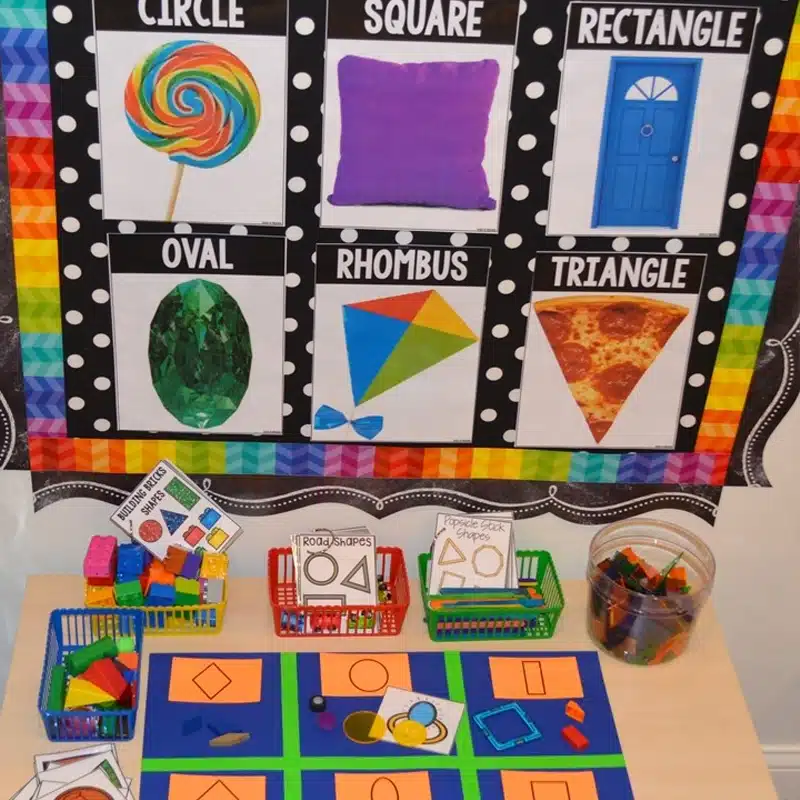

5. Investigating Bugs and Insects
Bugs and insects might seem small, but they can teach children big lessons about the world around them. Preschool lesson plans that focus on insects can include activities like observing bugs in their natural habitats, learning about the life cycle of a butterfly, or creating insect-themed crafts. You could also read stories about bugs, sing songs like “The Ants Go Marching,” and even set up a simple ant farm in the classroom. These activities teach children about different types of insects and help them develop a sense of curiosity and respect for all living creatures.
6. Connecting with Nature
A nature-themed lesson plan encourages children to explore the world around them and develop an appreciation for the environment. Activities might include planting and watching seeds grow, exploring different types of trees and plants, or learning about the water cycle through hands-on experiments. Nature walks can be a big part of this theme, where children collect natural items like rocks, leaves, or flowers, and then use them in classroom activities. By engaging with nature, children learn important lessons about the environment and how to care for it, all while enjoying the beauty of the outdoors.
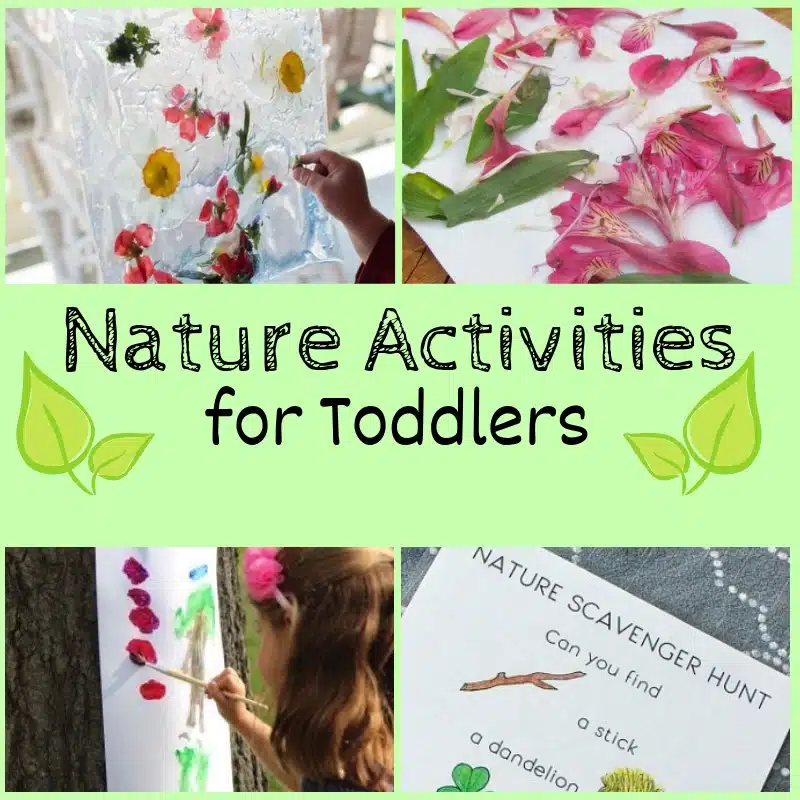
Incorporating these themes into your preschool lesson plans makes learning more engaging and helps children connect their learning to the world around them. Each of these themes offers a wealth of opportunities for creative, hands-on activities that support all areas of development, from cognitive and physical skills to social and emotional growth.
Creating effective preschool lesson plans is both an art and a science. By incorporating themes like seasons, animals, colors, shapes, bugs, and nature, you can craft engaging, educational, and fun lessons for young children. These themes help organize your teaching and make learning more meaningful by connecting it to the real world.
Remember, the key to successful lesson planning is flexibility and responsiveness to the children’s interests and needs. Whether focusing on foundational academic skills, social-emotional development, or simply fostering a love of learning, well-thought-out lesson plans are your roadmap to achieving these goals. As you refine your approach, remember that every class is different, and what works best is often a combination of structured planning and spontaneous exploration.
Ultimately, your lesson plans should inspire curiosity, encourage creativity, and support the overall development of each child in your classroom. With thoughtful preparation and a focus on what engages young learners, you’ll be well on your way to creating a nurturing and stimulating preschool environment that sets the stage for lifelong learning.

